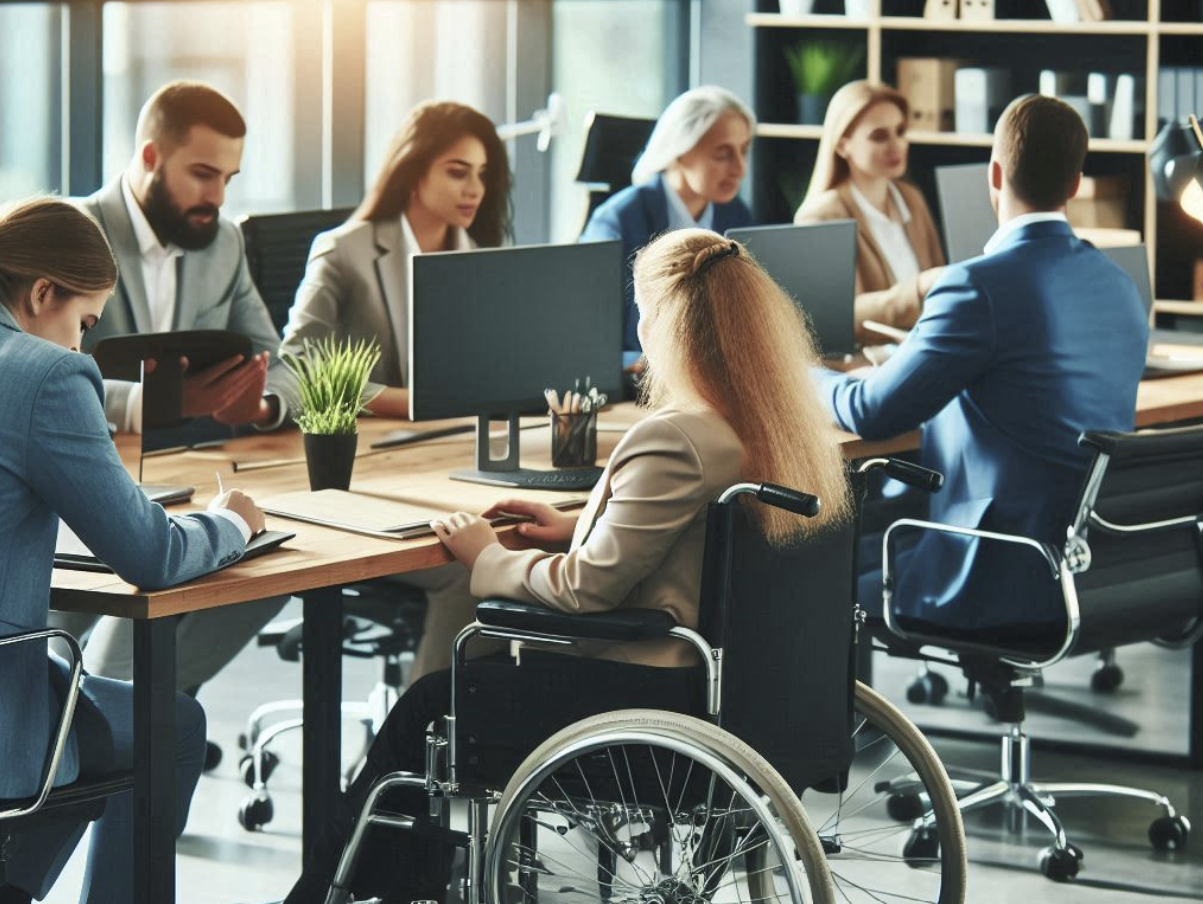Adapting to Physical Limitations in a Professional Setting Post-Accident
Navigating the transition back to work following an accident extends beyond mere physical recovery. It's a time rife with distinct hurdles and chances for personal development.
Recent innovations focus on creating supportive environments where employees thrive despite limitations. Small businesses partner with healthcare providers to implement strategies enhancing well-being, not just productivity.
These collaborations are crucial in promoting a culture of care within professional settings. Curious about how these partnerships work? Read along as we explore effective approaches benefiting everyone involved.
Creating Supportive Work Environments
Designing a supportive and productive work environment starts with understanding individual needs. For employees recovering from accidents, flexibility becomes vital.
Consider offering flexible work hours and remote options to accommodate medical appointments or therapy sessions. Implementing ergonomic adjustments, like standing desks or specialized chairs, can ease physical discomfort.
Incorporating regular feedback loops helps employers gauge how effective these changes are in practice.
Training managers to be empathetic leaders enhances the sense of belonging among team members facing challenges. Simple measures such as designated parking spots for those with mobility issues make a significant impact.
Embracing these practices not only supports recovery but also boosts morale across the organization. An environment catering to diverse abilities fosters an inclusive and productive culture that benefits everyone involved.
Innovative Healthcare Partnerships
Small businesses increasingly recognize the importance of integrating healthcare support into their employee wellness programs. By partnering with local clinics and therapists, these companies provide tailored care plans that cater to individual recovery journeys.
These collaborations often lead to unique initiatives such as on-site therapy sessions or virtual health consultations, making healthcare more accessible for employees recovering from accidents.
Beyond direct health benefits, businesses find that understanding the value of a fatal car accident claim also underscores the financial protection needed for both employees and employers during challenging times.
Such partnerships cultivate a workplace culture where staff feel supported not just in physical recovery but also in managing any potential legal and financial concerns associated with severe accidents, creating an environment of comprehensive well-being.
Fostering Holistic Healing in the Workplace After Accidents
Tending to staff welfare post-trauma transcends the confines of physical rehabilitation. The fabric of recovery is woven with strands of emotional and psychological support. There are concrete steps that employers can take to bolster this process:
Access to Counselors: Making mental health professionals available equips employees with tools for confronting emotional upheaval and trauma.
Solidarity Circles: Creating spaces where peers exchange stories offers solace and solidarity, germinating a supportive community within the workforce.
Stress Reduction Initiatives: Integrating practices such as yoga or meditation cultivates balance and helps manage stress levels.
Adapted Work Schedules: Introducing adjustable working hours or remote work possibilities facilitates a gradual and more manageable return for the recovering employee.
Such initiatives engrain a culture of empathy, reinforcing an organization's commitment to nurturing a workplace where every individual's journey towards healing is respected and supported.
The Role of Technology in Workplace Accessibility
Technology transforms workplace accessibility, making it easier for employees with physical limitations to perform tasks efficiently. Tools like voice recognition software enable individuals to control their computers without needing a keyboard or mouse.
Screen readers help visually impaired employees navigate digital content with ease. Businesses also integrate adaptive hardware solutions, such as specialized keyboards and hands-free devices, tailoring workstations to individual needs.
Video conferencing tools enhance communication for remote workers recovering from accidents, ensuring they remain connected and engaged. Employers embracing these technological advancements find productivity rises as barriers lower.
Tech-savvy adaptations promote inclusivity while empowering all team members to contribute fully. Such investments showcase commitment not only to compliance but also genuine care for employee welfare and engagement.
Bridging Recovery and Professional Success
Emphasizing the link between recovery and professional success means nurturing an environment where employees overcome challenges with support. By integrating healthcare partnerships, technological tools, and flexible practices, businesses pave the way for resilient teams.
Such initiatives foster growth not just in individuals but across entire organizations. Together, they build a future where everyone can succeed despite limitations.









